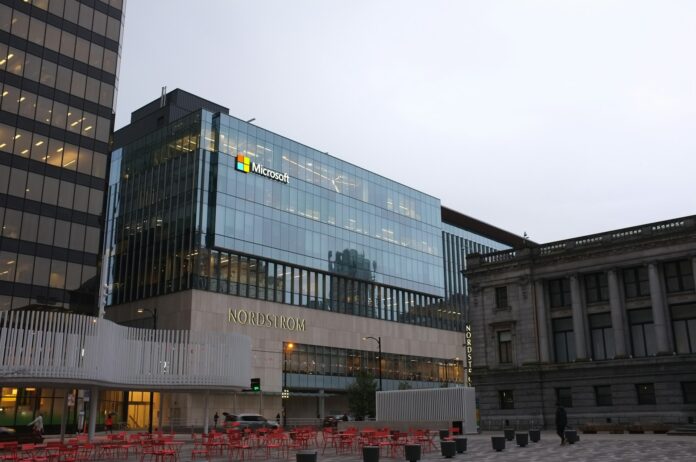Millions of users face critical security update mandates amidst rising cyber threats and technical complications
Microsoft has issued a pressing mandate for all Windows users to update their systems by July 4, citing critical security vulnerabilities that have surfaced in recent weeks. This directive comes in response to escalating concerns over cyber threats and technical issues affecting both Windows 10 and Windows 11 users.
The urgency behind this update stems from the resurgence of a previously patched vulnerability, CVE-2024-26169, which was thought to have no active exploits until recent revelations by Symantec researchers. Evidence suggests that cybercriminal groups, including the notorious Black Basta, may have exploited this vulnerability to compromise systems before it was officially patched in March.
Embed from Getty ImagesThe Cybersecurity and Infrastructure Security Agency (CISA) has escalated its warnings by including CVE-2024-26169 in its Known Exploit Vulnerability (KEV) catalogue, emphasizing its association with ransomware attacks. While the initial mandate primarily targets U.S. federal agencies, CISA strongly advises all organizations and individual users to prioritize system updates to mitigate potential cybersecurity risks.
Complicating matters for Windows 11 users, reports have surfaced regarding a restart loop issue affecting systems following the installation of June’s KB5039302 update. Microsoft has acknowledged this issue primarily impacting enterprise environments using virtualization features, reassuring home users that their systems are less likely to be affected.
Despite the setbacks posed by technical glitches, Microsoft continues to emphasize the critical importance of maintaining up-to-date systems. While KB5039302 itself is not a security update, the broader implications of timely updates remain paramount, especially in the face of evolving cyber threats and vulnerabilities.
Analysis:
Political Perspective:
From a political standpoint, the mandated updates highlight the intersection of cybersecurity and governmental oversight. The involvement of federal agencies like CISA underscores the government’s role in promoting cybersecurity standards and protecting national interests against cyber threats. The mandate also reflects ongoing efforts to regulate digital security practices and ensure compliance across public and private sectors.
Social Perspective:
Socially, the urgency to update Windows systems reflects broader societal concerns about digital safety and privacy. As individuals and organizations become increasingly reliant on digital platforms, the need for robust cybersecurity measures becomes apparent. The mandate underscores the importance of collective action in safeguarding against cyber threats, promoting a culture of digital responsibility and resilience.
Racial Perspective:
From a racial standpoint, the event’s impact may be indirect but significant in how cyber threats disproportionately affect marginalized communities. Vulnerabilities exploited by cybercriminals can disrupt essential services and exacerbate existing inequalities in access to secure digital infrastructure. Addressing cybersecurity challenges requires inclusive strategies that consider diverse socio-economic and racial backgrounds to ensure equitable protection.
Gender Perspective:
The gender perspective in this context highlights the potential differential impacts of cyber threats on gender-diverse groups. Women and gender minorities often face unique challenges in digital security, including higher risks of cyber harassment and privacy breaches. Effective cybersecurity policies should incorporate gender-sensitive approaches to address these vulnerabilities and promote inclusive protection measures.
Economic Perspective:
Economically, the mandated updates pose significant implications for businesses and organizations managing large-scale IT infrastructures. The potential disruptions caused by technical issues like the restart loop underscore the operational risks and costs associated with maintaining outdated software. Investing in timely updates and robust cybersecurity protocols becomes essential to mitigate financial losses and preserve business continuity.
